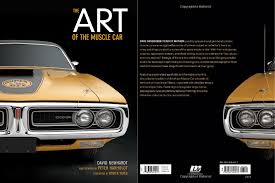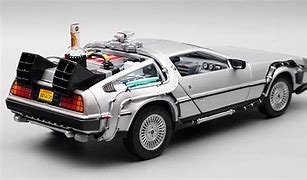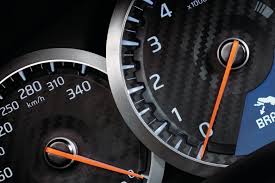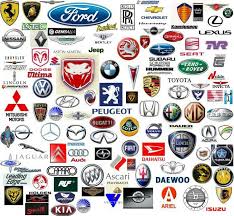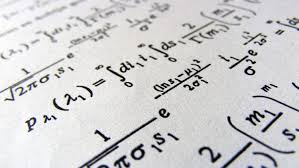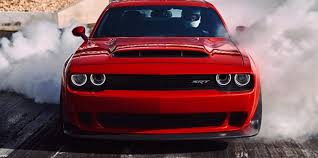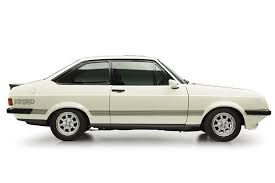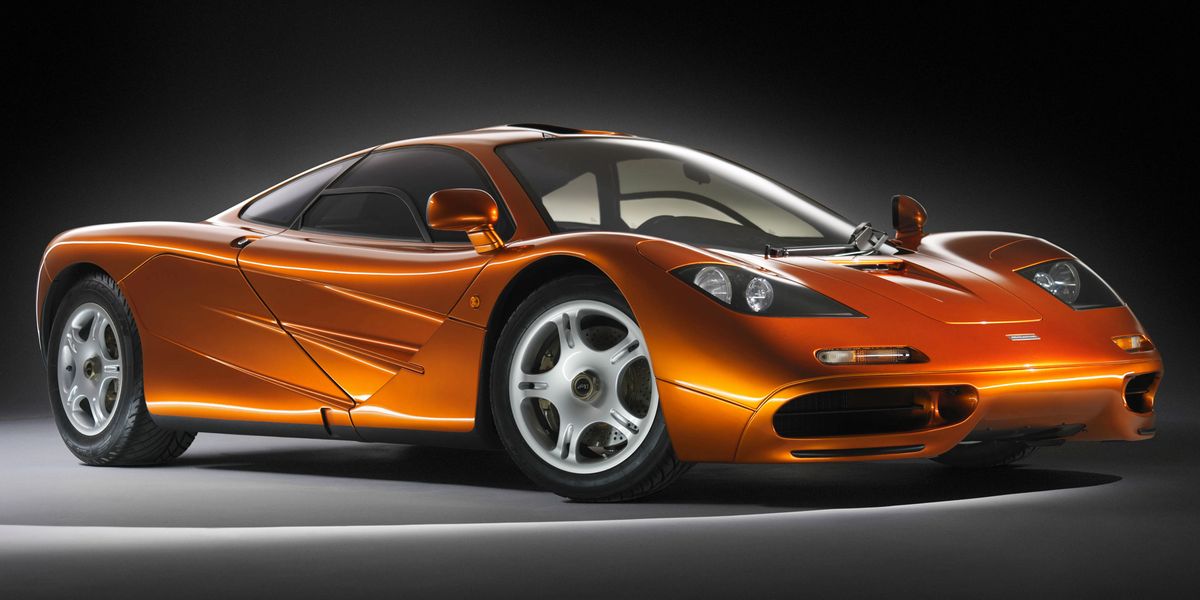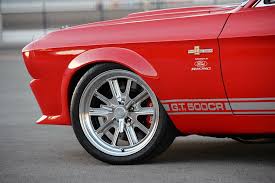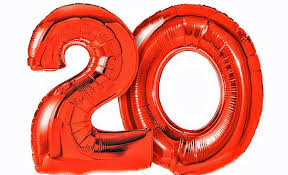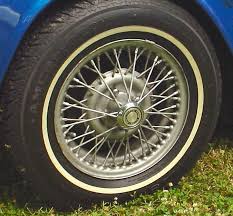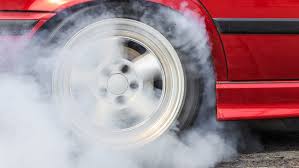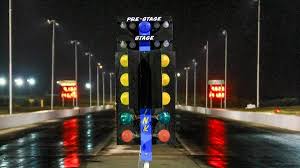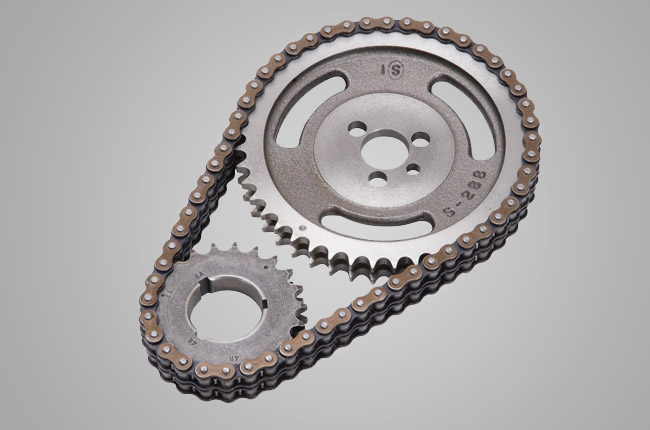
Performance & Classic Car Data

This edition of the Saab 9-3 2.8 V6 Aero is the 6 speed / Auto version and was first brought out in 2006. This was at around the same time as the introduction of the 2007 Caparo T1 3.5l V8 and the 2006 Caparo T1 2.4 V8.This particular Saab 9-3 has a 2792cc Naturally Aspirated Petrol powerplant with 6 cylinders in a V formation.
The 9-3 shares its Petrol V6 engine configuration with the likes of the 2014 Radical RXC 3.5 V6 Twin Turbo and the 2015 Radical RXC Turbo 500 3.5 V6. If you're looking for other fast cars which share the 9-3's Front Wheel Drive, Hatchback combination then how about the 2022 Volkswagen-VW Golf R Performance 2.0 Turbo or the 2020 Toyota Avalon TRD 3.5 V6.
Weighing in at 1535 kgs (3384 lbs) this makes the Saab 9-3 2.8 V6 Aero in the same weight category as the 2023 Chevrolet Corvette Z06 5.5 V8 C8 or the give or take 50kg.
In terms of power the 2792cc 24V V6 engine produces 251 bhp (187 kW) @ 5500 rpm similar to the 2022 Hyundai i30 N Performance 2.0 Turbo (276 bhp) or the 2022 Mini Cooper John Cooper Works Cabrio 2.0 Turbo (228 bhp).
The Naturally Aspirated V6 throws out 258 lb-ft (349.8 Nm) @ 2000 rpm placing it with cars of similar torque performance figures such as the 2023 Toyota Corolla GR Circuit Edition 1.6 Turbo (273 lb-ft) or the 2022 Toyota Corolla GR 1.6 Turbo (273 lb-ft).
If one combines the weight with power or torque performance for the Saab 9-3 you can get a better idea of it's real world performance.
The Saab 9-3 has a Power to weight ratio of 163.5 bhp per ton and 168.0 lb-ft per ton. Bhp Per Ton figures of the 2006 9-3 competing with the 2006 BMW Z4 3.0si Sport 2d (188.4 bhp per ton) or the 1990 Mercedes E Class 500 W124 (188.3 bhp per ton).
If you agree with the late great Carroll Shelby then arguably an even better indicator of potential performance, Torque. Use weight as well and you end up with - Torque per ton, with the Saab 9-3 generating around 168.0 lb-ft per ton. If you're curious as to what other cars have as much torque to weight then look no further than the 1979 Ford Mustang Cobra 5.0 V8 (193.0 lb-ft per ton) or the 1979 Ford Mustang 5.0 V8 Indianapolis 500 Pace Car Replica (193.0 lb-ft per ton).
With a 0-60mph time of 6.50 secs or a 0-100km/h (0-62mph) of 6.7 secs, this made the Saab 9-3 2.8 V6 Aero as fast as the 2020 Abarth 695 70th Anniversario 1.4 Turbo (6.50 secs) the 2018 Abarth 595 Competizione 1.4 Turbo (6.50 secs) the 2016 Subaru Legacy 3.6 R (6.50 secs) the or the 2016 Abarth 124 Spider 1.4 Turbo (6.50 secs). This Saab 9-3 2.8 V6 Aero is also faster than the 2018 Toyota Sequoia TRD Sport 5.7 V8 (6.60 secs) the 2016 Audi A3 2.0 TDI S-tronic Quattro Sportback (6.60 secs) the 2014 Audi A1 1.8 TFSI S-TRONIC (6.60 secs) the and the 2013 Skoda Octavia RS TSI 2.0 Turbo (6.60 secs).
When talking about the performance of the Saab 9-3 on the drag strip it can reach a quarter mile in an estimated 14.82 secs @ 92.3 mph. Similar performance down the quarter mile can be found with the the 1996 Alfa-Romeo GTV 3.2 V6 Lusso (14.76 secs), the 2008 Pontiac G8 GT 6.0 (14.77 secs), and the 1982 Ferrari 308 GTB QV 3.0l V8 (14.78 secs).
Modern performance cars are often artificially restricted to 155mph. The 2006 version of the Saab 9-3 2.8 V6 Aero has a maximum speed of 155mph.
If maxing out your car on the AutoBahn is your thing and you're wondering what's faster than the 2006 Saab 9-3 2.8 V6 Aero then how about the 2024 Ford Mustang Dark Horse 5.0 V8 (166 mph), the 2022 Ford Mustang GT 5.0 V8 (166 mph), or the 2021 Ford Mustang Mach 1 5.0 V8 (166 mph).









Toyota MR2 Mk2 Turbo Rev 1
Engine: Naturally Aspirated Petrol | 1998cc 16v St4
Top Speed: 140 mph
0-60mph: 6.20 seconds

Pontiac G6 GTP 3.9 V6
Engine: Naturally Aspirated Petrol | 3880cc 12v V6
Top Speed: 209.2 kph
0-100kph: 6.7 seconds
